Sails in the port of Toulon in 1929.
Oil on canvas signed and dated (19)29 lower right, monogrammed, dated 29 and titled on the back: “Les voiles”.
21,85 x 18,30 in
Certificate of authenticity.
Emile Othon Friesz was born in Le Havre on February 6, 1879. Despite the reluctance of his sailor father, Othon Friesz's mother finally gave in to her son's incessant demands and enrolled him at the Ecole des Beaux-Arts in Le Havre from the age of thirteen. There, he took classes with Charles Lhuillier, who was to play a key role in the development of his work, alongside his friend Raoul Dufy, and then met George Braque, who was attending the evening classes taught by Courchet. He received a municipal scholarship in 1897 and continued his apprenticeship at the École des Beaux-Arts in Paris. He entered the studio of Léon Bonnat, an academic realist painter who did not seem to exert much influence on the young Othon Friesz. Dufy joined him in 1899. Friesz made friends with Gustave Moreau's students, including Manguin, Marquet, Matisse and later Camoin. In the absence of his teaching, it was at the Louvre that Friesz drew his greatest inspiration. Fascinated by the Impressionist group, he met Guillaumin, thirty-eight years his senior, with whom he spent the summer of 1901, and Pissaro the following year.
In 1903, the artist participated for the first time in the Salon des Indépendants, then in the Salon d'Automne in 1904, and had not yet entered the “cage aux fauves” of 1905, which included many of Moreau's pupils. In search of a synthesis between modernity and tradition, he only belatedly freed himself from the decaying precepts of Impressionism.
It was in the summer of 1906 that the first Fauvist accords appeared. Friesz was staying in Antwerp with his friend George Braque, and was engaged in unprecedented plastic experimentation, without however completely freeing himself from the naturalism of Impressionism. Pure color, used by Braque in the service of pictorial space, was not yet fully integrated into Friesz's mind, who approached this frank and revolutionary painting more timidly. Nevertheless, his paintings exhibited at the 1906 Salon d'Automne in Room III, with Matisse, Manguin, Marquet, Derain, Vlaminck, Camoin, Girieud and Van Dongen, showed a real desire to join the group. In the winter of 1907, Friesz traveled alone to Honfleur. There, color finally sets the tone and shape.
The high point of Fauve, if not of his entire career, came in the summer of 1907, when he and Braque stayed on the Mediterranean coast at La Ciotat. Here, the two painters found the bright light of southern France, the same light that had bewitched Matisse and Derain, reminiscent of the young man's travels with his mother. Cradled by the Mediterranean and its gentle warmth, color radiates from Friesz's canvases. The arabesque drawing of lush vegetation and the stylization of forms eradicate illusionist descriptive elements to deliver only the essential: flamboyant, lyrical landscapes whose chromatic force bursts forth. That's it, Othon Friesz is a fauve.
“It was suddenly in La Ciotat, on a motif, that I realized that a lacquered circle had been born, inscribing the hill with a line. I had returned to drawing instinctively, out of pictorial necessity. I had recalled drawing for myself, felt drawing, something that neither the masters nor the ancients had been able to teach me. A more serious art brought me back to style, made up of cadences and rhythms,” recounts the painter. (Othon Friesz, quoted in F. Fels, L'Art vivant, de 1900 à nos jours, Geneva, Pierre Cailler, 1950).
That same year, the artist exhibited some forty canvases with the dealer Druet, with whom he signed an exclusive contract. On their return to Paris, Braque drew ever closer to Picasso and his cubist theories. Friesz, on the other hand, seemed once again drawn back to the past and to those he so admired. The influence of Cézanne, with its solid structure, energetic lines and strong contrasts, became dominant. As the First World War approached, his palette gradually darkened to browns, greens and blues.
Othon Friesz's success was pronounced, with exhibitions not only in France at Druet and the Salon des Indépendants, and at the Salon d'Automne in Paris, but also at the Salon de la Toison d'or and the Salon du Valet de carreau in Moscow, then in London at the “Manet and the Post-Impressionists” exhibition, the Armory Show in New York, the Cassiner Gallery in Berlin, St. Petersburg, Düsseldorf, Cologne, Amsterdam, Leipzig, Prague, Brussels and finally Munich. However, the outbreak of the First World War slowed his meteoric international rise.
In 1914, the painter made a decisive encounter and forged a lasting friendship with Léon Pédron, a wealthy coffee merchant. The businessman asked Friesz, now a well-known artist, to manage his collection and bought a large part of his output. This collaboration sheltered the artist from need and enabled him to lead the comfortable life of a recognized artist. Concerned about his commercial development, Friesz terminates his exclusive contract with Druet. The painter became close to Emile Bernard and Maurice Denis, with whom he firmly defended Cézanne's legacy.
In 1919, Pédron founded “Les Amis de la peinture moderne” to provide financial support for Friesz's work. The artist was made a chevalier in 1925, an officier in 1933 and a commander of the Legion of Honor in 1938.
When Pédron died, Katia Granoff of the eponymous gallery became Friesz's main patron.
Emile Othon Friesz died in Paris on January 10, 1949.
violondingres.fr











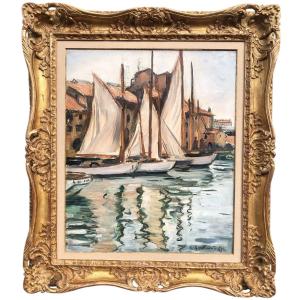











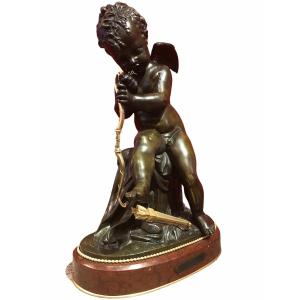


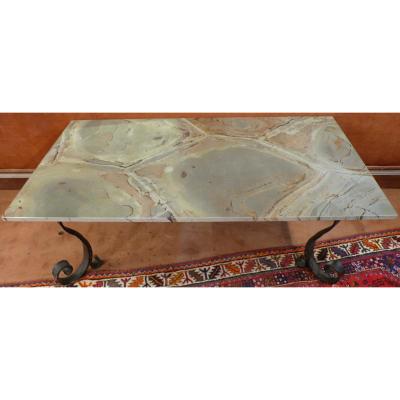








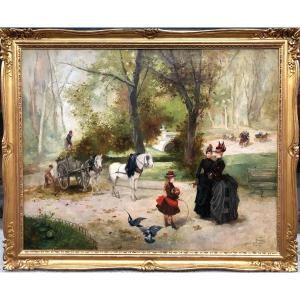
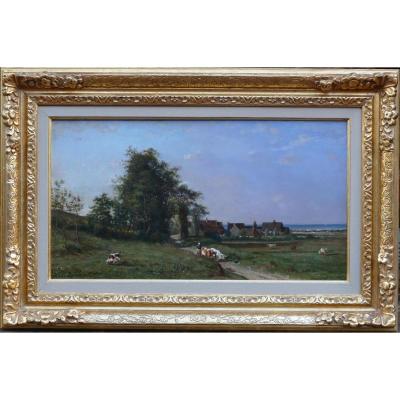


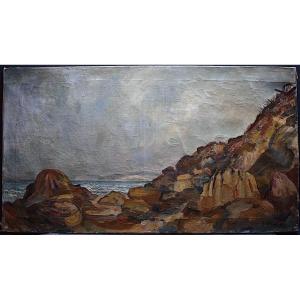

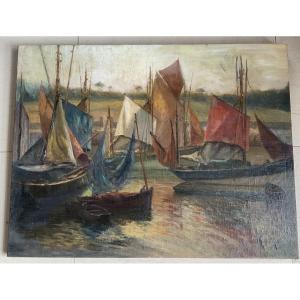



 Le Magazine de PROANTIC
Le Magazine de PROANTIC TRÉSORS Magazine
TRÉSORS Magazine Rivista Artiquariato
Rivista Artiquariato